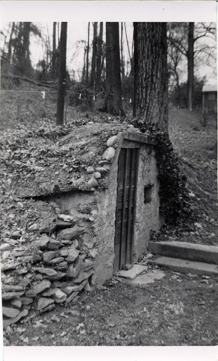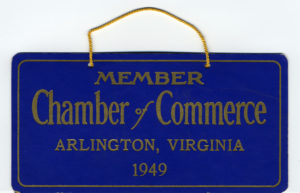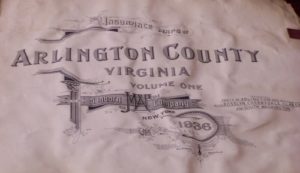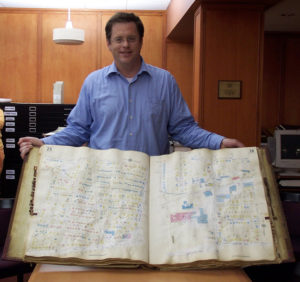Do you recognize this scene?

This photograph was taken by Eleanor Lee Templeman, author of "Northern Virginia Heritage" and "Arlington Heritage," which tell the story of our area's development through the 1950s.
This photo was not used in either book, but was part of her donation of photographs to the Community Archives. It may be the door to a springhouse or cold food storage area.
What About You?
Do you recognize this door, or this area? The Virginia Room could use your help. Let us know what you remember!
Do you have a question about this story, or a personal experience to share?
Use this form to send a message to the Center for Local History.
Center For Local History - Blog Post Message Form
Do you have a question about this story, or a personal experience to share? Use this form to send a message to the Center for Local History.
"*" indicates required fields


